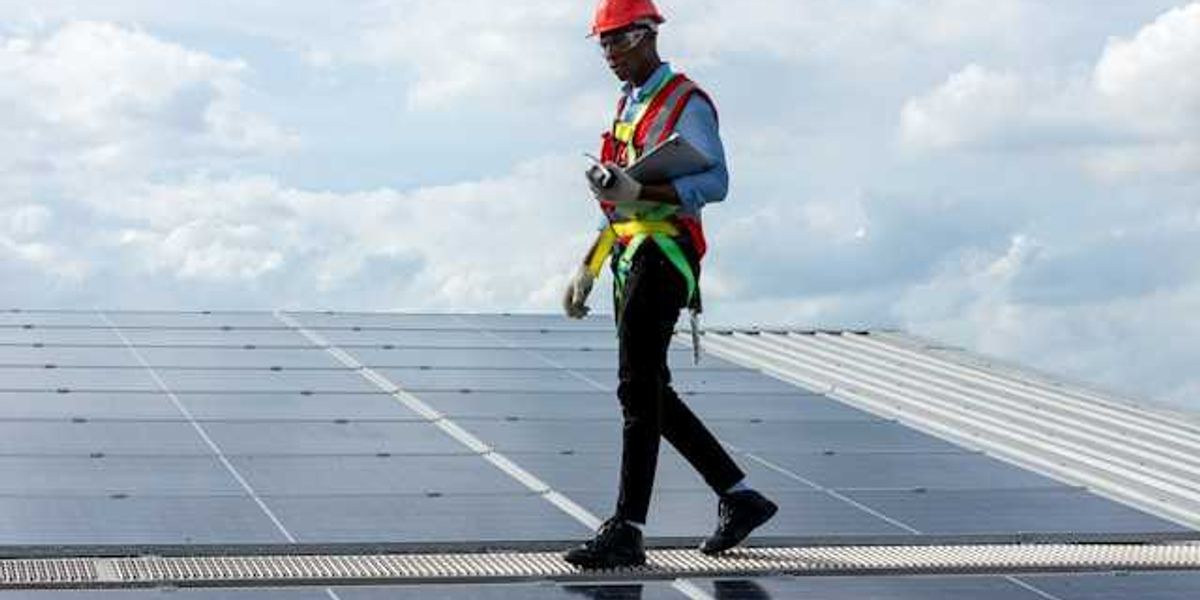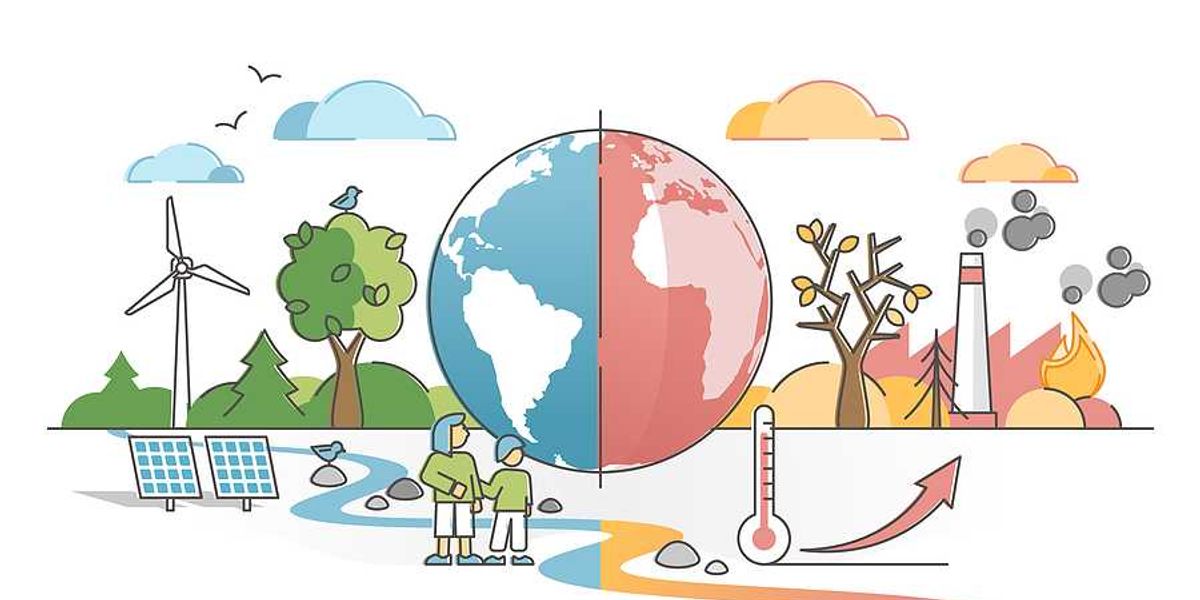Alberta taxpayers cover millions in unpaid land rents from oil and gas firms
The Alberta government paid more than $30 million in 2024 to landowners after oil and gas companies failed to cover required rents for drilling and infrastructure sites, with little chance of recovering the funds.
Sharon J. Riley reports for The Narwhal.
In short:
- Government payouts for unpaid oil and gas land rents have risen 4,500% since 2010, totaling nearly $150 million.
- Less than 0.5% of the 2024 payouts were recovered, with more than 150,000 inactive or marginal wells contributing to mounting costs.
- Rural municipalities also face $68 million in unpaid property taxes from oil and gas companies, compounding financial strain on communities.
Key quote:
“The bottom line is … these companies don’t have any money. The money has been pulled out of the ground.”
— Shaun Fluker, law professor and executive director, Public Interest Law Clinic at the University of Calgary
Why this matters:
Alberta’s mounting unpaid land rents spotlight the financial fallout of aging oil and gas wells, many of which no longer produce but still occupy farmland. The costs often shift to taxpayers, while landowners endure soil compaction, leaks and lost agricultural yields without the option to deny access. This pattern mirrors broader liabilities tied to orphaned and inactive wells across North America, where cleanup and property tax arrears can stretch into the hundreds of millions. As companies exit declining fields, rural communities face deteriorating land quality and shrinking revenues, raising questions about the long-term viability of extraction-driven economies and who ultimately pays when resource industries wind down.
Related: Alberta considers injecting toxic oilsands wastewater underground amid conflict-of-interest concerns













